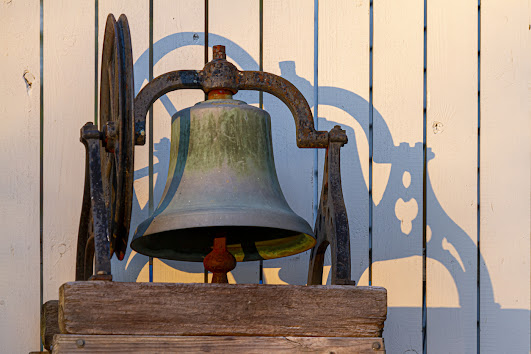Brass is an alloy made of copper and zinc, but it's gold color often gets it confused with bronze, an
alloy of copper and tin. When most people hear the word brass, musical instruments such as trumpets and tubas often come to mind. Brass is found in so many other places, though. It is commonly used in tubing and piping, screws, doorknobs and locks, ammunition, zippers, and even as architectural accents.
While this beautiful alloy serves as a great choice for so many metal needs, it doesn’t come without its
biggest downfall - corrosion. The good news is that by understanding how it happens you can take
simple steps to prevent brass corrosion.
What is Brass Corrosion - And Why Does it Happen?
Corrosion is the breakdown of metals, over time, due to chemical reactions they have with certain
factors in their environment. In the case of brass, this environmental factor is often water. Most brass
comes with a sealant over it to protect it from exposure to moisture and water. However, with use and
age, the sealant begins to wear down, leaving the metal vulnerable.
It is important to note that corrosion is not rust. In order for a metal to rust, it must contain iron.
Because brass is made of copper and zinc - with no iron - it cannot rust.
Is it Corrosion or Oxidation?
There is a difference between brass corrosion and brass oxidation. Oftentimes, it is easy to get them
confused.
Unlike corroded brass, oxidized brass occurs when brass comes in contact with the air. See, when it is
first created, there is a lacquer sealant that protects the brass from the air. As time passes and things
such as doorknobs get used, the sealant begins to wear down until the brass is exposed to the oxygen
in the air.
Oxidized brass appears dark black with hues of green and blue. This forms a crust-like cover over the
brass that can be removed rather easily.
Corrosion, on the other hand, shows colors of red or pink on the surface of the brass. Depending on
the colors you see you will be able to determine whether or you are really dealing with corrosion or if
it is just oxidation occurring.
How to Prevent Brass Corrosion
Brass is a beautiful metal that shouldn’t be ignored due to its potential for corrosion. Instead, measures
should be taken to prevent brass corrosion in the first place. This can be done with a sealant.
Although it may depend on the brass item itself, there is a good chance it came with a sealant already
on it. Should you find that your brass item is corroding, the sealant may have grown weak or worn.
Try these steps to clean and reseal your brass, protecting it from further corrosion.
Step One: Wash the Brass
Using a mild soap, such as dish soap, wash the brass with a soapy water mix using a soft cloth. The
purpose of this step is to remove all buildup of grime or dirt. Once washed, let it sit until its air dried
completely.
Step Two: Remove the Corrosion
Once the brass is completely dry, you are ready to make a paste to remove the corrosion. This paste is
made with a combination of lemon juice and salt. There is no specified amount, but the idea is to
create a paste.
Using another soft cloth - a dry one this time - polish the brass with the paste. If necessary, you can
use a gentle polisher, but go easy on the metal. Be patient with this process.
After the corrosion is removed, rinse the brass and, again, allow it to dry.
Step Three: Add the Sealant
Using a brass sealant, wipe down the brass with a clean soft cloth. If you have a spray version, you
can spray a coat on the metal. Allow it to dry and apply a second coat.
Because corrosion and oxidation occur when the sealant wears down, you may want to consider
resealing your brass every year or two to keep it looking beautiful.
Atlas Bronze For All Your Brass Questions
When it comes to knowing about brass, Atlas Bronze has the answer. So, if you are interested in learning more about brass or other metals, contact us today.


Good Info, ty
ReplyDeleteThis other post states that brass does NOT corrode in water: https://blog.thepipingmart.com/metals/does-brass-corrode-in-water/
ReplyDeleteThankks for the post
ReplyDelete